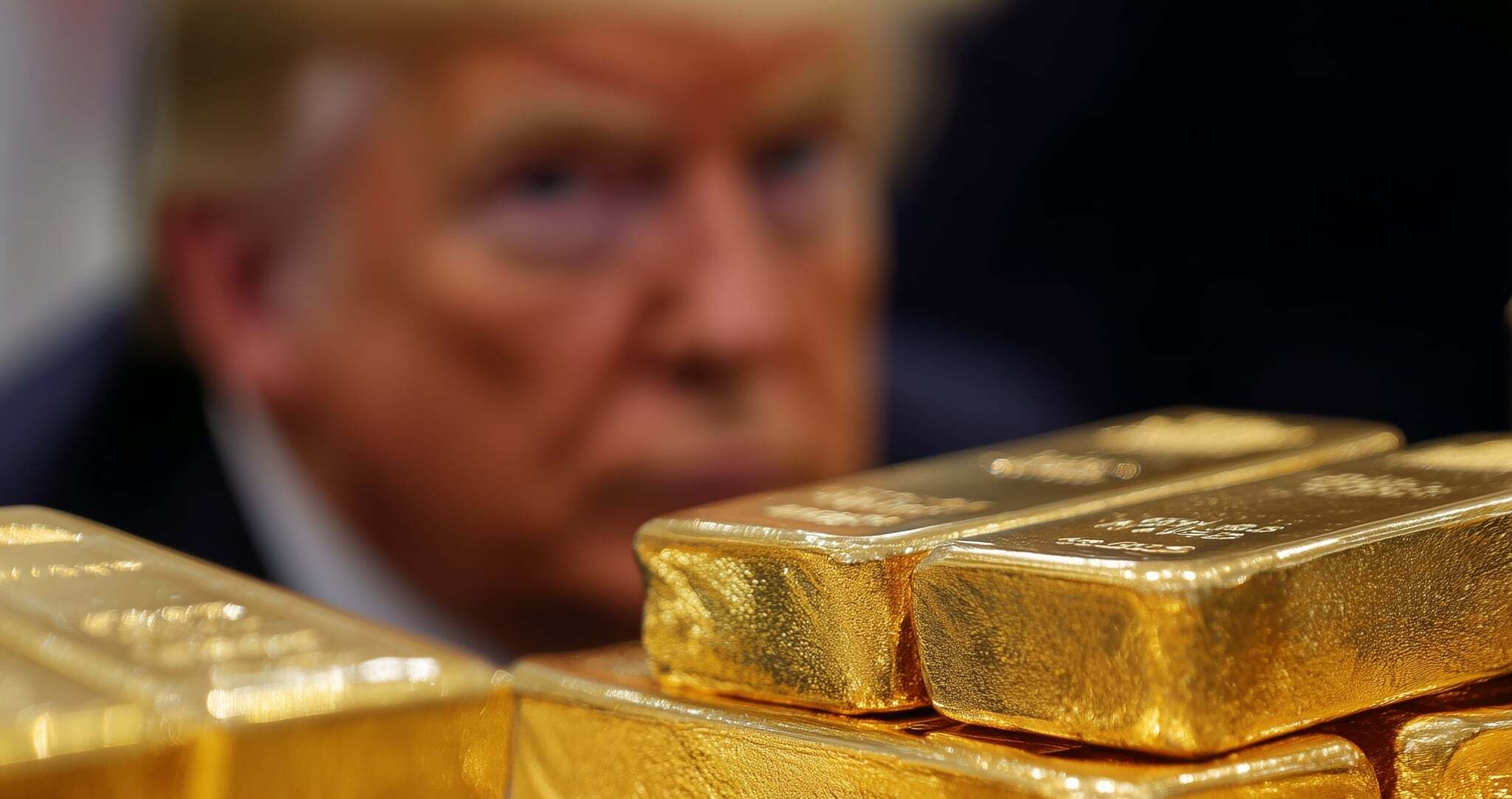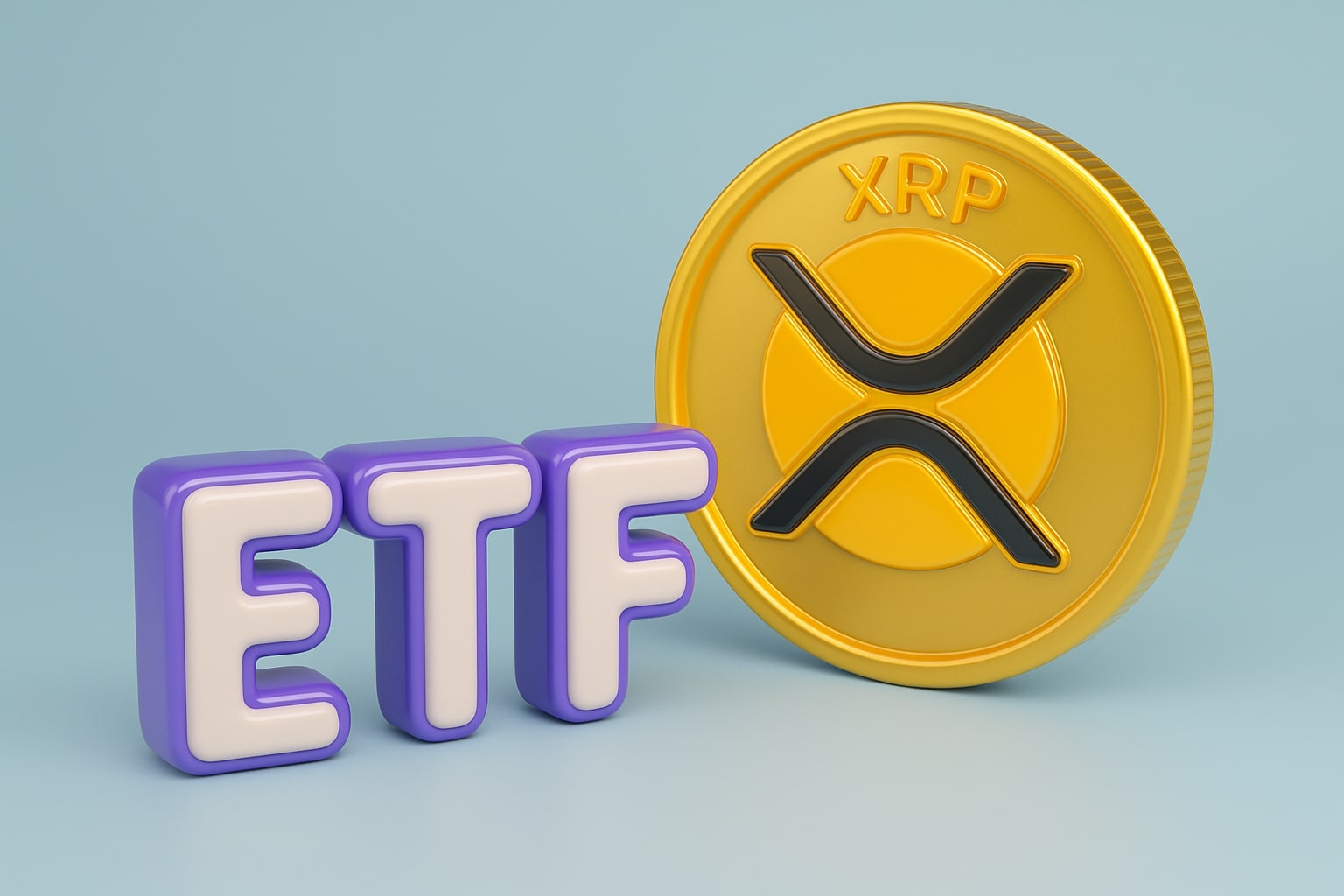
Gold Price Forecast: $3,300 Support in Focus Ahead of Powell’s Jackson Hole Remarks
XAU/USD rebounds to $3,330 as traders await Fed Chair Powell’s speech, with risks of a drop under $3,300 or a rally back toward $3,405 | That's TradingNEWS
Gold (XAU/USD) Faces Powell Test as Prices Rebound from $3,311 Low
XAU/USD Struggles Between Technical Barriers and Macro Pressures
Gold has become the center of attention again as XAU/USD hovers around $3,330 per ounce, rebounding from an early Asian session dip to $3,311, a three-week low. Futures on COMEX (GC=F) opened the New York session at $3,359, a gain of 1.4% from Tuesday’s close at $3,313.40, yet still shy of the August 11 intraday high of $3,383.90. The price action underscores the conflict between safe-haven demand after Wall Street’s technology-led sell-off and the headwinds of a stronger US Dollar Index (DXY), which peaked this week at 98.44 before easing to 98.22.
Powell’s Jackson Hole Speech Becomes the Key Driver
Markets are fully focused on Fed Chair Jerome Powell’s remarks at Jackson Hole on Friday. Fed funds futures price in nearly an 85% probability of a 25 bp cut in September, with at least two more cuts by year-end. But traders know Powell has to sound very dovish for bullion to rally. President Trump intensified pressure, accusing Powell of “hurting the housing industry” by keeping borrowing costs elevated and demanding more aggressive easing. Internal Fed divisions, highlighted by Governors Michelle Bowman and Christopher Waller pushing for a 25 bp cut at the July meeting, add to the uncertainty. A hawkish Powell could drag XAU/USD under $3,300, exposing the August 1 swing low near $3,280, while a dovish surprise could ignite a test of $3,345–$3,360, with the July high at $3,439 and the psychological $3,500 level back on the radar.
Geopolitics and Trade Shape the Risk Premium
Geopolitical factors remain another pillar for gold demand. Optimism about Ukraine peace efforts briefly supported risk sentiment after Trump, Zelenskyy, and EU leaders discussed a potential trilateral summit with Russia, though Moscow has yet to commit. Trump reiterated that the US will not send troops but could provide air support, signaling continued uncertainty. On trade, Washington expanded 50% tariffs on steel and aluminum to another 407 product categories, adding pressure on global supply chains. At the same time, Treasury Secretary Scott Bessent said “very good talks” are underway with Beijing on tariffs, suggesting a 90-day pause in implementation may hold. Such cross-currents keep the geopolitical premium in gold elevated even as peace headlines weigh intermittently.
Technical Outlook: Falling Wedge, Key Resistance at $3,335–$3,358
The XAU/USD chart shows gold trapped inside a descending wedge since the August 8 peak. The upper boundary sits at $3,335–$3,358, a resistance zone reinforced by the 50-day SMA near $3,350. Bulls need a breakout above this zone to unlock upside targets at $3,374, $3,405, and potentially the July high at $3,439. On the downside, support aligns at $3,312, coinciding with Tuesday’s low and the wedge floor, followed by $3,287 and $3,266. A failure to defend $3,280 risks a slide toward the May low at $3,121 and even the $3,070–$3,050 Fibonacci extension cluster. Momentum indicators show early stabilization: RSI at 46 has lifted from oversold, while the MACD histogram is fading bearish pressure, though sellers remain in control until $3,335 is reclaimed.
Longer-Term Trends and Forecasts
Gold’s performance this year has been spectacular: prices are up 34.2% year-on-year from $2,503.50 in August 2024. Banks have leaned bullish, with forecasts like $3,700 by Goldman Sachs for year-end 2025, citing central bank demand and ongoing political risk. India reflects the broader uptrend: local gold rose to ₹9,366.07 per gram and ₹109,234 per tola, confirming resilient physical demand. Yet risks loom from fiscal pressures, with S&P Global Ratings projecting US debt to approach 100% of GDP, a backdrop that historically favors bullion as a hedge against deficits and debasement.
Gold Equities and ETF Signals
Flows in gold-linked assets reflect this cautious optimism. The SPDR Gold Shares ETF ($GLD) trades heavily with an expense ratio of 0.40%, offering liquidity for institutions wary of physical holdings. Mining stocks tell a different story: majors like Barrick Gold (NYSE: GOLD) and Franco-Nevada (NYSE: FNV) provide leveraged exposure but carry volatility that often exceeds moves in spot XAU/USD. Since 2000, miners have lagged bullion during prolonged drawdowns, though their liquidity makes them appealing to funds repositioning in advance of Powell’s speech.
Buy, Sell, or Hold?
Given the numbers, gold sits at a technical crossroads. Support at $3,312–$3,300 is critical. If Powell signals dovish intent at Jackson Hole, the path is open for a rally toward $3,374–$3,405 and eventually $3,500. If he leans hawkish, the downside accelerates toward $3,280 and possibly $3,121. Structurally, with inflation expectations rising (University of Michigan 1-year inflation outlook at 4.9% vs. 4.5% prior) and US fiscal deficits widening, the medium-term case for gold remains bullish. The verdict: Gold (XAU/USD) – Buy on dips near $3,300, Hold above $3,335, Sell only if $3,280 breaks.
That's TradingNEWS
Read More
-
PFFA ETF Nears $21.50 as Rate Cuts and 9.49% Yield Spark Renewed Demand
29.11.2025 · TradingNEWS ArchiveStocks
-
XRPI and XRPR ETFs Ignite Ripple’s Institutional Rally as Inflows Near $1B and XRP Holds $2.20
29.11.2025 · TradingNEWS ArchiveCrypto
-
Natural Gas Price Forecast - NG=F Blasts to $4.85 as Demand Surge Fuel Multi-Month Breakout
29.11.2025 · TradingNEWS ArchiveCommodities
-
USD/JPY Price Forecast - Yen to Dollar Slides to 156.10 as Yen Strengthens on Fed Cut Expectations
29.11.2025 · TradingNEWS ArchiveForex



















